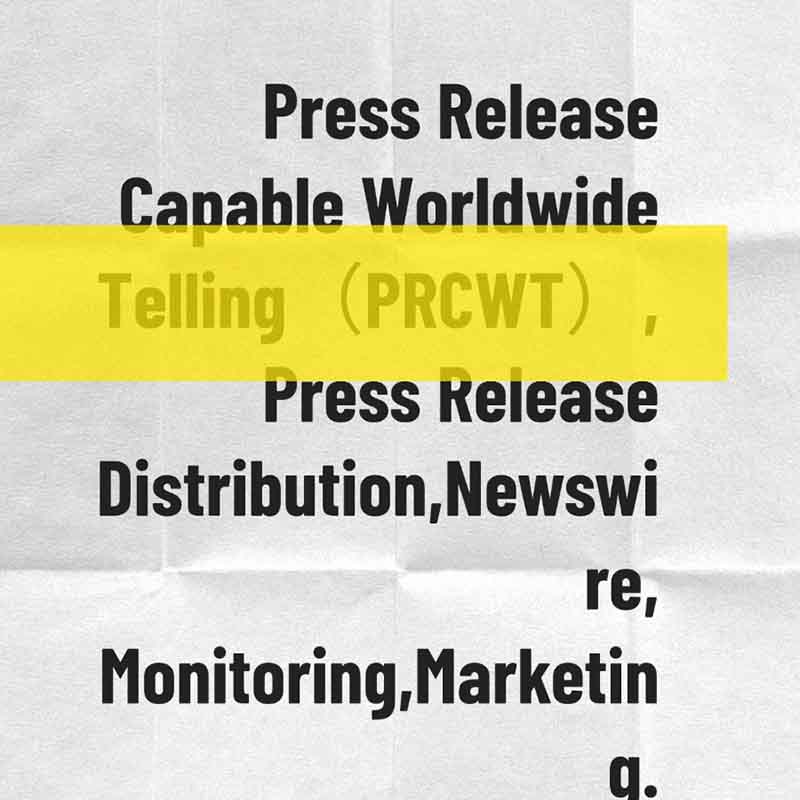In today's digital age, multimedia news has become an essential part of our lives. With the rapid development of technology, news is no longer limited to text and images. Videos, podcasts, infographics, and interactive elements are now commonly used to deliver news stories in a more engaging and immersive way.
One of the key drivers of the growth of multimedia news is the increasing popularity of social media. Platforms like Facebook, Twitter, and Instagram have made it easier than ever for news organizations to reach a wider audience. By sharing news stories in multiple formats, they can attract more users and increase their engagement.

Another factor contributing to the rise of multimedia news is the demand for more personalized content. Consumers today are looking for news that is relevant to them and presented in a way that suits their preferences. Multimedia news allows news organizations to tailor their content to the specific needs and interests of their audiences.
According to a recent study by the Reuters Institute for the Study of Journalism, 70% of respondents said that they prefer to get their news from multiple sources. This indicates that there is a growing appetite for diverse forms of news consumption.
In addition to social media and personalization, the growth of multimedia news is also being driven by the advancements in technology. High-quality cameras, video editing software, and streaming platforms have made it easier for news organizations to produce and distribute engaging video content.

However, despite the many benefits of multimedia news, there are also some challenges that need to be addressed. One of the main concerns is the quality of the content. With the ease of production, there is a risk of producing low-quality or inaccurate news stories. News organizations need to ensure that their multimedia content is well-produced, accurate, and reliable.

Another challenge is the issue of copyright. With the use of images, videos, and other media elements, there is a risk of copyright infringement. News organizations need to be careful when using third-party content and ensure that they have the necessary rights and permissions.
Despite these challenges, the future of multimedia news looks bright. As technology continues to advance, we can expect to see more innovative and engaging forms of news delivery. News organizations that are able to adapt to these changes and provide high-quality multimedia content will be well-positioned to succeed in the digital age.
In conclusion, multimedia news is a powerful tool that has the potential to transform the way we consume news. By embracing the latest technologies and trends, news organizations can deliver more engaging, personalized, and accurate news stories to their audiences.